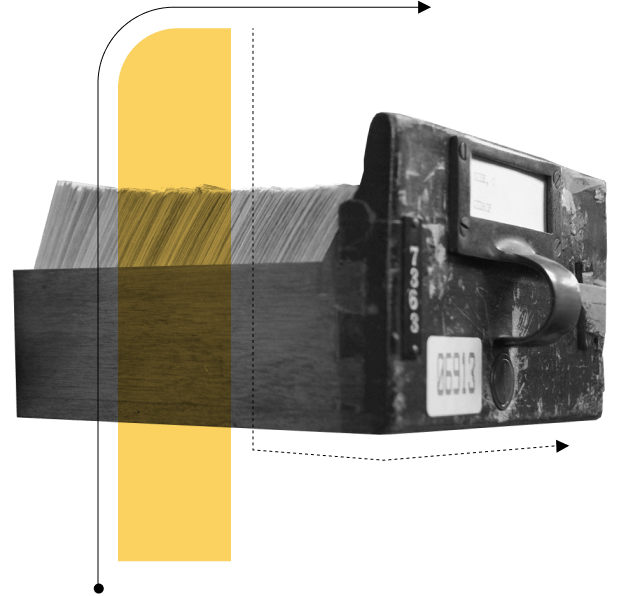Key Deliverables for Organize Phase
Content Style Guide and Messaging Frameworks
- What is it? A content style guide captures your voice and tone requirements to communicate your brand’s, product’s, and service’s promises and positioning to your audiences. A messaging framework aligns your communication to your overarching brand and business strategy.
- Why are we doing it? To ensure your communication is on-brand, and effective in meeting your audiences’ needs.
- How will it be used? As a standard for all your future communication efforts and content used by copywriters, content creators and content production teams.
Mapping Cross-channel User Journeys and Content
- What is it? End-to-end user journeys around the completion of specific tasks (e.g., create a profile, open an account), across the channels your audiences engage, with content recommendations for each audience persona, step in the journey process, and channel.
- Why are we doing it? It projects an assumed path a user takes to complete a task, maps content necessary to support each step in the process and identifies opportunities to personalize content. User journey mapping takes into account the fact that a user interacts with more than one device to complete a journey, and in this sense the journeys are multichannel.
- How will it be used? It provides a model with which to make decisions for future content priorities. It informs recommendations around personalization as well as what types of content are most valuable and useful for consumers.
Content Model
- What is it? A comprehensive model that captures content types, business rules for content within an experience, and content structure regarding templates and modules within them. The content model captures all decisions made for specific content solutions, such as a content management system.
- Why are we doing it? To capture the content requirements, templates, and the components within a template and to identify the structure, labels, and rules for use of each.
- How will it be used? A technology development team can use content models to implement the correct and necessary content requirements.
Metadata Recommendations
- What is it? It lists the fields and associated data for each piece of metadata to be captured.
- Why are we doing it? It provides a central artifact to define administrative, descriptive, and structural metadata.
- How will it be used? It is often used together with a taxonomy to utilize tagging capabilities within a content management system or any system that needs to communicate with other systems or functionality such as, search.
Taxonomy Recommendations
- What is it? A set of specific recommendations focusing on the structure and labels of your website, enterprise, or other taxonomy. This could include the development of new taxonomies to support your content structure and labeling.
- Why are we doing it? It provides a point of view on specific site taxonomy categories and labels.
- How can it be used? It provides the basis for technical requirements and tagging. Taxonomies facilitate personalization and findability of content internal and external to an organization.
Content Calendar
- What is it? A tool that captures a plan for content creation, which represents a weekly, monthly, quarterly basis, or even annually to make content decisions.
- Why are we doing it? It provides a tactical plan for all current and future content planning.
- How can it be used? For annual, monthly, weekly, and even daily content planning, to create a holistic plan and a view of content within your content ecosystem. It can serve as a visualization tool to quickly assess content priorities and campaigns for a given period.

